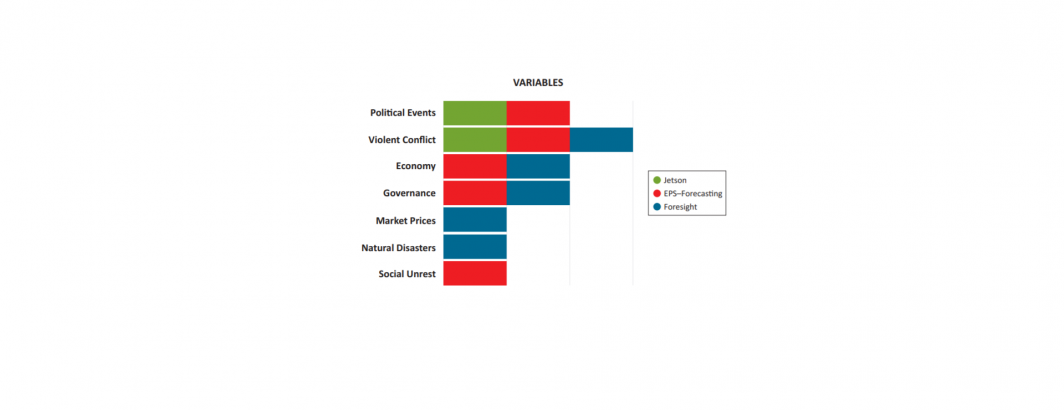
This report offers a features-and-requirements analysis for EU migration governance:
Predicting mass migration is one of the main challenges for policymakers and NGOs working with migrants worldwide. Recently there has been a considerable increase in the use of computational techniques to predict migration flows, and advances have allowed for application of improved algorithms in the field. However, given the rapid pace of technological development facilitating these new predictive tools and methods for migration, it is important to address the extent to which such instruments and techniques engage with and impact migration governance. This study provides an in‐depth examination of selected existing predictive tools in the migration field and their impact on the governance of migratory flows. It focuses on a comparative qualitative examination of these tools’ scope, as well as how these characteristics link to their respective underlying migration theory, research question, or objective. It overviews how several organisations have developed tools to predict short‐ or longer‐term migration patterns, or to assess and estimate migration uncertain‐ ties. At the same time, it demonstrates how and why these instruments continue to face limitations that in turn affect migration management, especially as it relates to increasing EU institutional and stakeholder efforts to forecast or predict mixed migration. The main predictive migration tools in use today cover different scopes and uses, and as such are equally valid in shaping the requirements for a future, fully comprehensive predictive migration tool. This article provides clarity on the requirements and features for such a tool and draws conclusions as to the risks and opportunities any such tool could present for the future of EU migration governance.